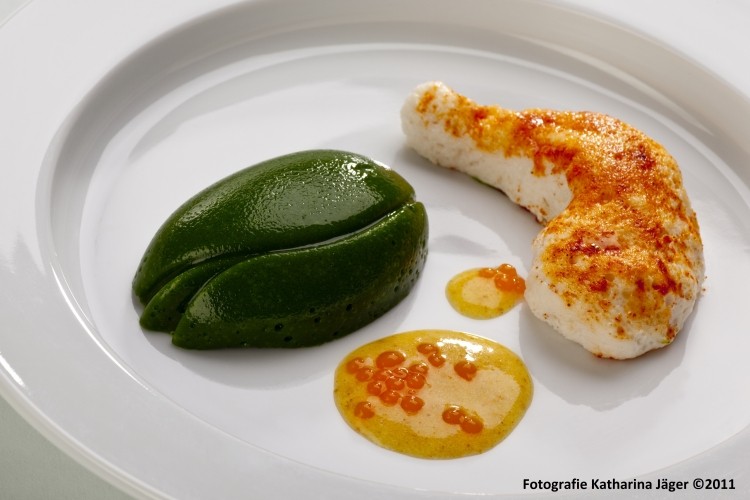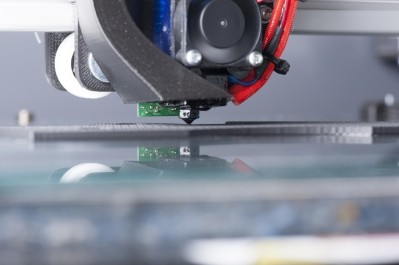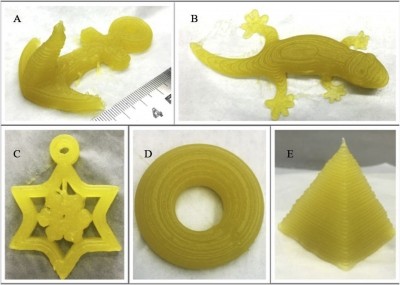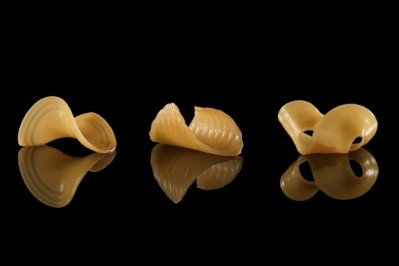3D printed food for the elderly may hit shelves in 2016

The 'Smoothfood’ concept was introduced by German company Biozoon in 2010, aimed at producing food for the elderly in nursing and care homes who have mastication and swallowing problems.
Taking with FoodNavigator, Matthias Kuck, CEO of Biozoon, said: “We are a food company specialising in texturising food. We take fresh food items and transform them into different textures. The aim is that the smooth food looks very similar to the original food but can be eaten by anyone as it can be swallowed without chewing. ”
The company coordinated a food processing project called Performance aimed at developing technology allowing the manufacturing of convenient, personalised food with a 3D printer. The project received €2.9m
of funding from the EU and is expected to be completed by the end of 2015.
It has been supported by 10 industry partners which, according to Kuck, is very untypical for this kind of research project.
Although the project was primarily aimed at helping the elderly in nursing homes, Kuck said the researchers were aiming to produce the food on industrial scale.
“In Germany there is a clear trend; people live at home as long as they can. The idea is to produce food on industrial scale so that relatives can buy it, take it home, reheat it in the microwave,” he added.
Change lives, revolutionise the industry
Kuck believed that the concept could not only change lives of the elderly with eating problems but also revolutionise the food industry in general.
“One day our technology could cut costs and time of food production. For example now, when you cut chocolate pralines and you want to change from rectangular to square shapes, you need to change the entire production process."
He added however that the biggest challenge they were facing was to convince people that they were using fresh food with no chemical additives; it was just the texture that changed.


















